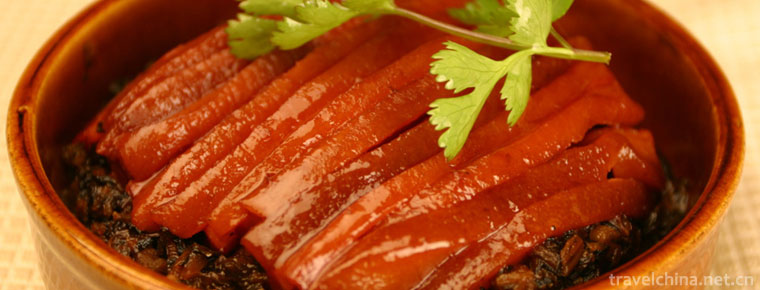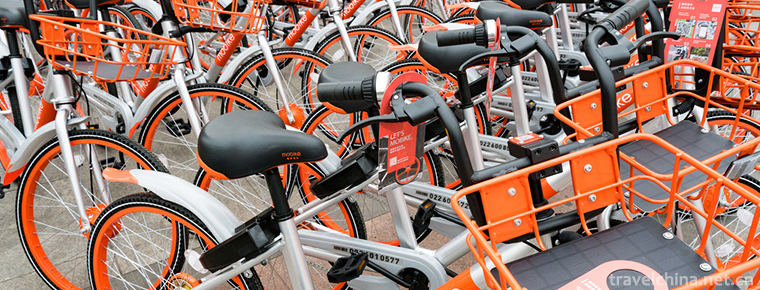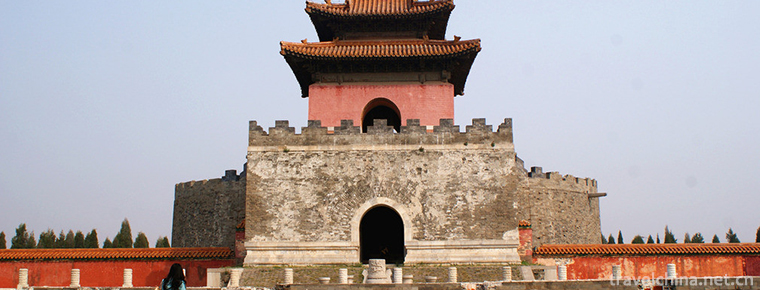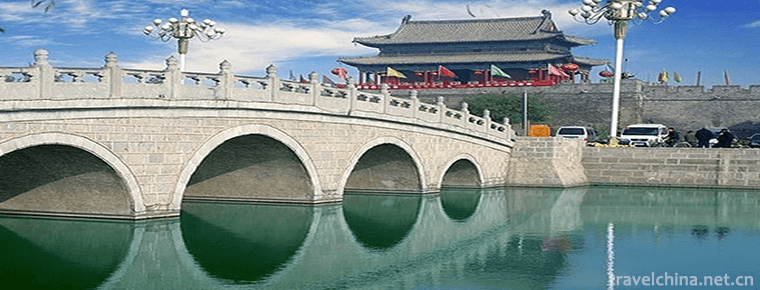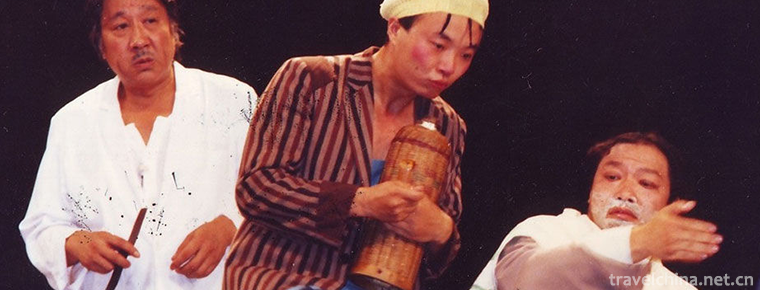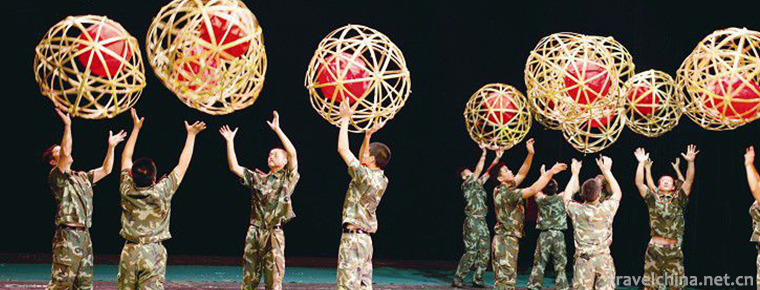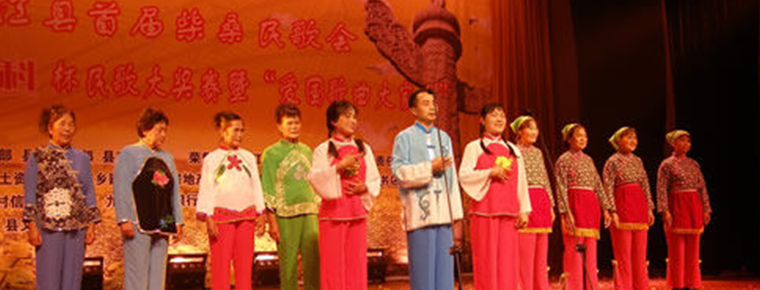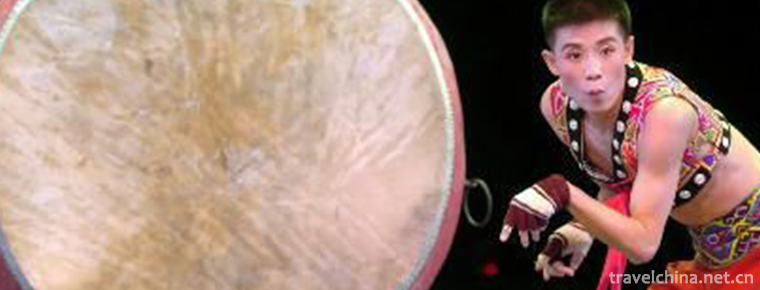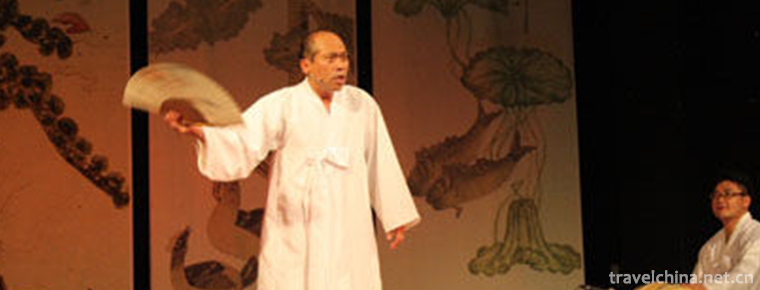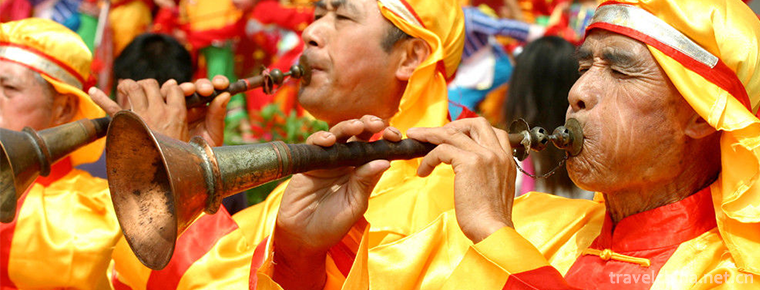Mongolian camel raising custom
Mongolian camel raising custom
The Mongolian camel-raising custom has a long history. In the practice of production and life with a long history, camel has become the most loyal partner of mankind while making outstanding contributions to mankind. In view of the contribution of camels to human beings, nomads in barbaric times regarded camels as God-given objects, and the image of camels for worship can be traced back to Shun. It is an important source of Alxa spirit and ideal, an important resource for the construction of Alxa League, and an important part of China's cultural heritage.
On June 7, 2008, the Mongolian camel-raising custom was approved by the State Council and listed in the second batch of national intangible cultural heritage list.
Folk activities
Camel racing
Mongolian camel racing is one of the traditional sports of Mongolian, and it is an important part of the cultural heritage of camel inherited from history. According to the investigation and research, camel racing came into being after it was domesticated and used in production, life and military affairs.
The nomadic people in northern China began to domesticate camels as early as 5000 years ago. The Book of Mountains and Seas, Beishan Classic, records: "Its animals are many camels, with saddles, know where the water springs are, do good in quicksand, travel 300 miles a day, and bear a thousand kilograms." The biography of the Huns in Historical Records records that during the period of "over Tangyu", the Rong people (Shanrong, Yao, Qiu Cong) living in Xinjiang, Mongolia (including Inner Mongolia and Outer Mongolia) and Central Asia (called Xiongnu in Qin and Han Dynasties) domesticated the wild "camel" as a "fantastic animal" and "moved along with horses, cattle and sheep".
With the development of history, camels have been domesticated and used in production, life and military. The Chinese camel culture has a long history.
The Mongolians living in the desert Gobi were the earliest people to tame and use camels. They not only used camels in production and life, but also introduced camels into competitive competitions, forming a traditional sport - Mongolian camel racing. At first, camels were mainly used for carrying, while camel racing was integrated into the chasing game of visiting relatives and friends. Later, the Mongolian people started camel racing when they offered sacrifices to Aobao, held temple fairs and held group activities such as Nadam Mu, and gradually formed a scale, which continued.
Camel ball
Brief introduction of camel ball
Camel sport originates from polo. There are two matches in a game. A team has six players in each game. The time of each game varies from 10 minutes to 20 minutes. Recently, I went to Mongolia to participate in the competition. Due to the restriction of the international animal quarantine regulations, the participating team can only send members, while the camel race is provided by the inviting country, which has affected the normal play of the team members to a certain extent.
Camel ball sport
In July 2005, Urat Houqi introduced camel sport from Mongolia, and invited coaches from Mongolia. Through strict selection and training, the flag formed Qian Damen and Siniusu camel teams, which had more than 40 camel players. Although the Husbands Camel Team of Urat Houqi has only been formed for more than two years, it has participated in more than 40 competitions in Inner Mongolia, and twice represented China in the international camel ball competition held by Mongolia. Camel ball competition has become a popular sport among cadres and masses here, and the rear flag of Urat is also known as "the first camel ball town in China".
Mongolian herdsmen compete in snowy camel ball, and a unique meeting of Mongolian camel culture to welcome the New Year was held on the snow-covered grassland of Dalhan Urasumu in Keshketen Banner, Inner Mongolia. More than 1,000 Mongolian herdsmen from neighboring banners (counties) and Sumu (townships) gathered together with more than 500 camels to participate in a series of activities such as camel racing, Boke (Mongolian wrestling), camel ball and selection of camel varieties with Mongolian traditional culture.
Camel ball development
The Husbands Camel Team of Urat Houqi in Inner Mongolia was also invited to participate in the fifth Camel Championship held in Ulan Bator, the capital of Mongolia. In the two-day competition, the Husbands Camel Team of Urat Houqi competed with 12 of Mongolia's strongest teams and won the sixth place. When the bright five-star red flag rises above the stadium of Ulaanbaatar, the Mongolian herdsmen on behalf of our country shed tears of excitement.


-
Chinese Shared bicycle
Shared bicycle refers to the bicycle sharing service provided by enterprises in campus, subway station, bus station, residential area,.
Views: 183 Time 2018-11-13 -
Eastern Royal Tombs of the Qing Dynasty
Eastern Royal Tombs of the Qing Dynasty is located 30 kilometers northwest of Zunhua City, Tangshan City, Hebei Province. It is 125 kilometers west of Beijing City and covers an area of 80 square kil.
Views: 268 Time 2018-11-24 -
Shangqiu Ancient Culture Tourist Area
Shangqiu Ancient Culture Tourist Area is located in Suiyang District of Shangqiu City. Based on Shangqiu Ancient City, the area of 12.6 square kilometers is covered by Guidefu City.
Views: 107 Time 2019-02-08 -
Brodo
Buyi Opera, a local traditional drama in Ceheng County, Guizhou Province, is one of the national intangible cultural heritage..
Views: 127 Time 2019-04-04 -
One Man show
A kind of folk art. It is usually performed by one or two or three people. It is lively and funny, close to northern crosstalk. It is popular in Shanghai, Hangzhou and other places..
Views: 99 Time 2019-04-28 -
Rolling lamp
Rolling lantern is an art form of entertainment and self-enjoyment for the masses in Han folk festivals, and also a competitive performance to show the strength of villages. It is mainly prevalent in .
Views: 164 Time 2019-05-02 -
Jiujiang folk songs
Jiujiang folk song is a traditional folk song that is popular in the surrounding areas of Chengmen, Ma Huiling, Huanglao Men, Lion and Chengzi Town in Jiangzhou District, Jiujiang City.
Views: 185 Time 2019-05-08 -
Folk dance
Generally speaking, it refers to the form of dance which is produced and spread among the people, restricted by folk culture, improvised performance but relatively stable in style, and with self-enter.
Views: 231 Time 2019-06-05 -
Pansori
The main art of Korean folk art is Pan Suo Li, which appeared in the 18th century. At the beginning of the 20th century, it was introduced into China with the immigration of Korean nationality. The wo.
Views: 178 Time 2019-06-08 -
Suona Art
Suona art is a manifestation of traditional Chinese folk culture. In 2006, Qinyang City of Henan Province and Qingyang City of Gansu Province applied for intangible cultural heritage. Its basic musica.
Views: 123 Time 2019-06-17 -
Mineral resources in Leshan
Leshan City is rich in mineral resources, 34 kinds of mineral resources have been proved, especially non-metallic minerals, with great development potential. Among them, the total amount of proven rock salt resources is 10.5 billion tons, with an annual.
Views: 151 Time 2020-12-17
